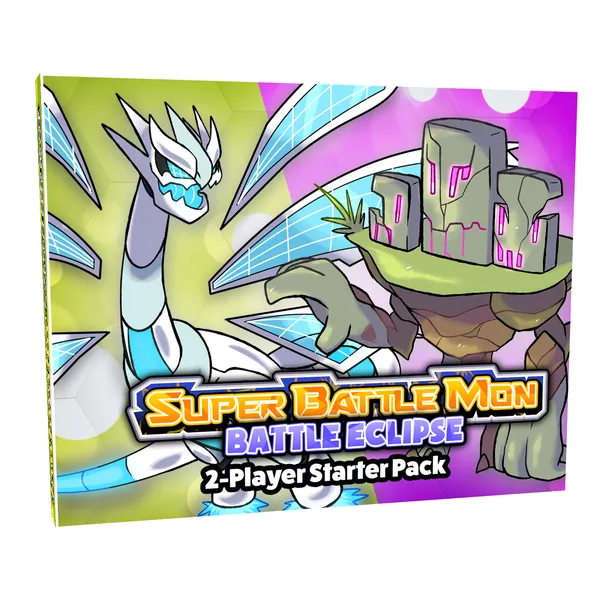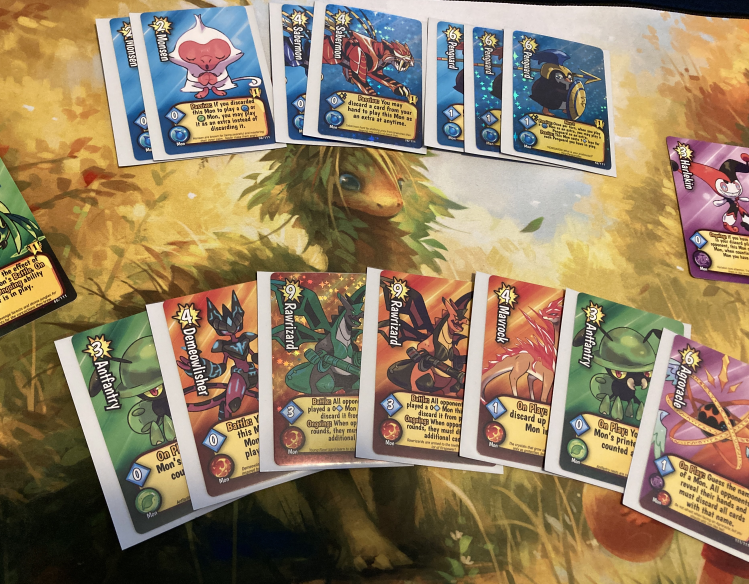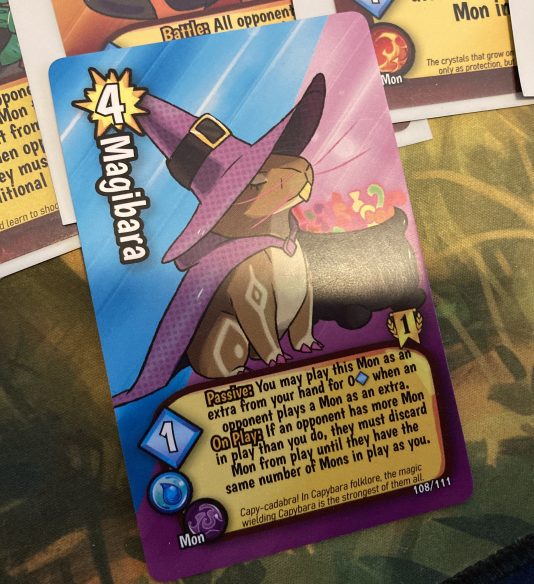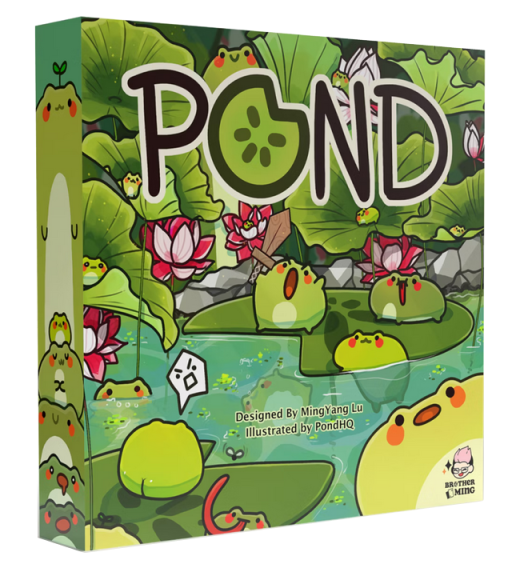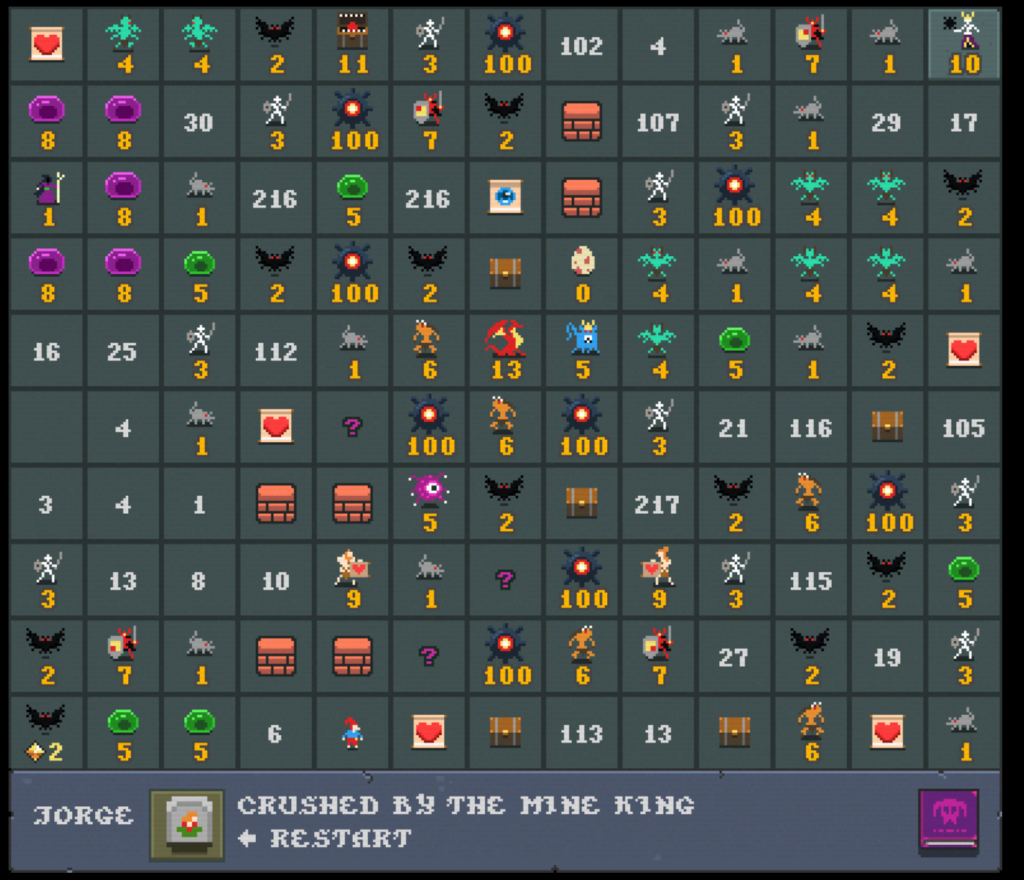It’s been four years since the first post on Gametrodon, and I have to say: Wow, how time flies when you’re distracting yourself from reality with digital and cardboard amusements.
Five years seems like as good a time as any for some retrospection. So let’s start at the very beginning.
The First Post
In our very first post, I talked about some games I saw at PAX that seemed cool. These included Lucifer Within Us, Knuckle Sandwich, and Genshin Impact.
I’d end up interviewing the Creative Director of Lucifer Within us, Jongwoo Kim, about the game. It was a really fun interview, and also demonstrated how much work interviews are.
2020
That first year of 2020 had the most total interviews I’ve ever managed to actually put up. I chatted with Max Seidman of Resonym about running Kickstarters and Surrealist Dinner Party. I talked with Jeremy Choo, the CEO of a Malaysian development studio about how their publisher stole their game, and how they tried to get it back.
Interviews, like RPG Module reviews, have not really become a regular feature of this blog. They’re a huge amount of work to do properly, and while I love talking to people, I don’t love transcribing and editing. The Secret of Shirakawa Castle has remained one of my favorite “tester” adventures in D&D though.
2021
There isn’t too much to say about 2021. The pandemic continued to ravage the earth, and it had some knock-on effects the world of gaming. Some standouts I want to draw attention to include Beglitched, Shovel Knight, Atomicrops, Disgaea 6, Luck be a Landlord.
Storybook Brawl was pretty good, but then they got bought by a crypto company. Then the CEO of the company committed an $11,000,000,000 fraud. So you can’t play that anymore.
Oh, and there was that whole Blizzard being a shitshow thing.
2022
2022 started with a bang: mostly me banging my head against a wall as “Gamers” continued to fail to understand how to read a shareholder letter.
But it’s okay, because I played Inscryption, and it was great. It would also see the continuation of Rants as a category of my posts. Even though none of my rants are particularly accurate or thoughtful except maybe this one about MetaZoo. That one I think I kinda nailed.
Nobody Saves the World was great. Pokemon Legends: Arceus ran like shit. Stacklands and Mad Rat Dead were good. CRIMESIGHT was unlike any other game ever made, and Konami killed it because they’re fuckers. Perfect Heist 2 was also great, but I’m not sure it still has a playerbase. I played a dating sim as a joke.
Oh! And Neon White came out! And Hazelnut Hex!
Finally, we had a Pour One Out, a semi-regular feature for all the games that died that year. Some years I do one of these, and some years I’m just not feeling it.
Honestly, 2022 was an incredible year for games.
Shame about the five year relationship I was in that ended near the end of 2022, and as a result would chipper-shred my productivity for uh…
Pretty much everything since then.
2023
I did manage to get out a review on Pokemon Scarlet. It has some fun drawings, something I haven’t really returned to since then. Pedigree Tactics also feels like it deserves a shout out for being a rare situation when I was able to give criticism that actually helped improve a game. I guess I did a Ludum Dare?
A lot of this year was just a fucking haze, if I’m being honest.
Deceive Inc was cool. I ranted a bit about Diablo 4. Lorcana was a thing. Clank! Legacy was good enough that I bought the sequel.
Oh! And Tiger and Dragon, a fantastic tile trick taker sort thing was probably the most played board game of my friend group in the last few years.
The year ended with a backlog cleanout of things I didn’t have the energy for a full writeup on, even though Pizza Tower and Inkbound absolutely deserved them.
2024
2024 was truly one of the years of all time. There were bangers, like Slay the Princess, Palworld, and Baldur’s Gate 3. And Tactical Breach Wizards,
There were non-bangers like Knuckle Sandwich and Legend of Mushroom.
There was X-Angels (NSFW!).
And there was Athenian Rhapsody. God, Athenian Rhapsody.
I think the Athenian Rhapsody writeup was rewritten more times than any single thing I’ve ever put on this blog, and involved perhaps the most… soul searching? Internal dissection and critique? Thinking? I dunno. Just… it was a huge amount of effort for a very minimal outcome.
Athenian Rhapsody is really difficult to discuss.
Oh, I also saw the eclipse. And there was a complex bit of board game inside baseball that I accidentally had front-row seats for. Finally, I covered the Indie Games Night Market.
The Present
And so we enter the fifth year of Gametrodon. I’m not famous, or even internet famous. I’ve created some great opportunities for myself to talk to folks in the industry. I still don’t have a press badge, the one thing I wanted when I started writing this site. My quantity of work is definitely down from the first two years, even if the quality is up. (Thanks in no small part to my nameless editor!)
Which does raise a question: Is it worth it to continue writing this blog?
I’m not sure.
There have been several projects over the last few years I’ve picked up, and then dropped or failed to finish. Fluffy rants and personal opinion pieces are easy enough to crank out. Taking a stab at something resembling journalism, or full interviews, is much harder, and often those don’t even result in usable drafts.
Running and writing Gametrodon is a hobby that sits on top of my other hobbies, and like most side things I do, how long it lasts is mostly dependent on vibes and habit. There was that point in time where I was streaming 3 times a week, and that other point in time where I was making TikToks.
Honestly, though, I kind of hate playing the meta when it comes to this stuff. I may switch back to making comics, because at least they amuse me. I may just keep doing weekly writeups.
I have no idea where I am going in life, and this blog is just a part of that.
Oh, one more thing.
A Small Favor
No, it’s not money.
Look, if you enjoy reading Gametrodon, do me a favor and retweet and like my stuff on Bluesky. Or whatever it’s called now since Twitter died in a fire.
Not for every article or writeup, but for the stuff you find interesting, or useful, or informed you about a game you wouldn’t have heard of before.
Retweet that stuff.
I still have my small hopes of reaching the point of being a micro-influencer at some point, but beyond that, I like people reading my stuff. I like talking about games.
But it does feel nice to not just feel like I’m flinging words into the void every now and then.
